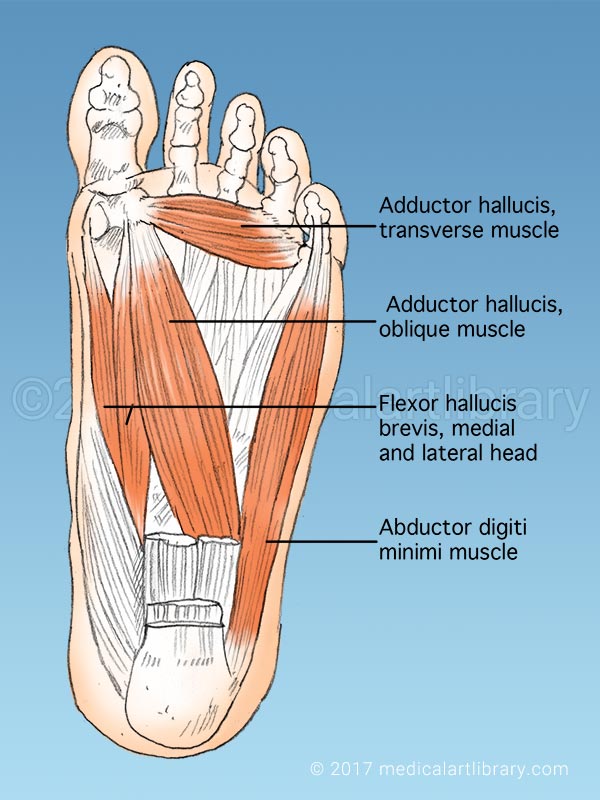Foot Muscles Matter

The human foot is a complex and fascinating anatomical structure, comprising 26 bones, 33 joints, and over 100 muscles, tendons, and ligaments. Among these, the foot muscles play a pivotal role in our daily lives, facilitating movements such as walking, running, and balance. Despite their importance, foot muscles are often overlooked until problems arise, highlighting the need for a deeper understanding of their functions, importance, and care.
The Anatomy of Foot Muscles
The foot contains two main groups of muscles: intrinsic and extrinsic. Intrinsic muscles are those that originate and insert within the foot itself, while extrinsic muscles originate from the lower leg and insert into the foot. The intrinsic muscles are further divided into four layers, each with specific functions. The first layer includes the abductor hallucis, flexor digitorum brevis, and abductor digiti minimi, which primarily facilitate toe movements. The second layer consists of the lumbricals and quadratus plantae, contributing to toe flexion and support of the foot arch. The third layer is made up of the flexor hallucis brevis, adductor hallucis, and flexor digiti minimi brevis, crucial for movements of the big toe and the little toe. The fourth layer, the deepest, contains the plantar and dorsal interossei, which are involved in toe spreading and adduction.
The Role of Foot Muscles in Movement and Balance
Foot muscles are essential for various movements, including flexion (pointing the foot downwards), extension (pointing the foot upwards), inversion (turning the foot inwards), and eversion (turning the foot outwards). These movements are crucial for maintaining balance, walking, and adapting to different terrains and surfaces. For example, the intrinsic muscles of the foot play a significant role in adjusting the foot’s position to maintain balance on uneven or slippery surfaces. Furthermore, the extrinsic muscles help in controlling the overall movement of the foot, enabling actions like pushing off the ground during walking or running.
Common Issues Affecting Foot Muscles
Despite their resilience, foot muscles can be prone to various issues, including strain, overuse, and injuries. Plantar fasciitis, one of the most common foot conditions, involves inflammation of the plantar fascia, a band of tissue that supports the foot arch. This condition often results from overuse or poor foot mechanics, leading to pain in the heel and bottom of the foot. Other issues like hammertoes, where the toe becomes bent due to muscle imbalance, and toe sprains, which involve injury to the muscles or ligaments around the toes, can also significantly affect mobility and comfort.
Strengthening and Caring for Foot Muscles
Given the importance of foot muscles, it’s essential to incorporate exercises and care practices that strengthen and protect them. Toe curls, where you curl your toes under and then release, can help strengthen the intrinsic muscles. Heel raises, which involve standing on the edge of a stair or step and raising up onto your toes, can strengthen the muscles in the back of the leg and foot. Additionally, practices like toe spreads, where you spread your toes as far apart as possible and then bring them back together, can improve flexibility and strength.
The Importance of Professional Care
While self-care and exercises are beneficial, certain conditions may require professional attention. Podiatrists and physical therapists can provide tailored advice and treatment plans for foot muscle issues. They may recommend orthotics to correct foot mechanics, physical therapy to strengthen the muscles, or, in severe cases, surgical interventions to repair damaged tissues.
Future Trends in Foot Health
As our understanding of foot anatomy and function advances, so does the development of new technologies and treatments for foot health. Customizable insoles and shoe inserts, designed using 3D printing and advanced materials, are becoming more prevalent, offering personalized support and correction for foot mechanics. Furthermore, research into biomechanics and sports medicine is continually unveiling new insights into how foot muscles function under different conditions, guiding the creation of more effective prevention and rehabilitation strategies.
Conclusion
Foot muscles, though small and often overlooked, are vital for our mobility, balance, and overall quality of life. Understanding their anatomy, function, and care is essential for preventing issues and maintaining optimal foot health. By integrating exercises, self-care practices, and seeking professional advice when needed, individuals can ensure the longevity and strength of their foot muscles, contributing to a healthier and more active lifestyle.
What are the intrinsic and extrinsic muscles of the foot?
+The intrinsic muscles of the foot are those that originate and insert within the foot itself, facilitating movements such as toe curling and spreading. Extrinsic muscles, on the other hand, originate from the lower leg and insert into the foot, controlling overall foot movement.
How can I strengthen my foot muscles?
+Exercises such as toe curls, heel raises, and toe spreads can help strengthen the intrinsic and extrinsic muscles of the foot. It’s also beneficial to walk barefoot occasionally to strengthen the foot muscles naturally.
What are common issues that affect the foot muscles?
+Common issues include plantar fasciitis, an inflammation of the plantar fascia; hammertoes, which result from muscle imbalance; and toe sprains, which involve injury to the muscles or ligaments around the toes. These conditions can cause significant pain and affect mobility.
Why is professional care important for foot health?
+Professional care, such as from a podiatrist or physical therapist, is crucial for diagnosing and treating foot muscle issues effectively. They can provide personalized treatment plans, including physical therapy, orthotics, or surgery, to address specific conditions and prevent future problems.
What future trends can we expect in foot health and technology?
+Advancements in biomechanics, materials science, and 3D printing are leading to the development of customized orthotics and shoe inserts that offer better support and correction for foot mechanics. Additionally, research in sports medicine is continually revealing new insights into foot function and injury prevention.


